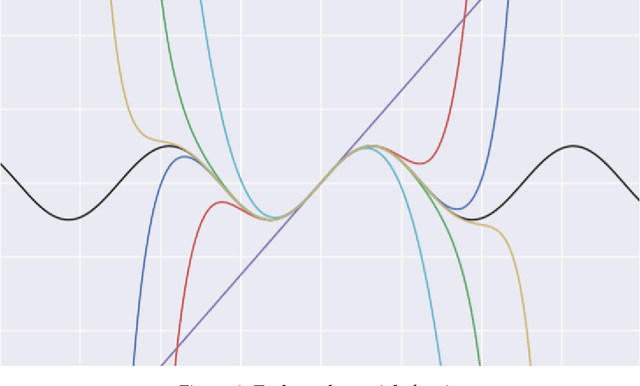Taylor Learning
Paper and Code
May 24, 2023
Empirical risk minimization stands behind most optimization in supervised machine learning. Under this scheme, labeled data is used to approximate an expected cost (risk), and a learning algorithm updates model-defining parameters in search of an empirical risk minimizer, with the aim of thereby approximately minimizing expected cost. Parameter update is often done by some sort of gradient descent. In this paper, we introduce a learning algorithm to construct models for real analytic functions using neither gradient descent nor empirical risk minimization. Observing that such functions are defined by local information, we situate familiar Taylor approximation methods in the context of sampling data from a distribution, and prove a nonuniform learning result.
 Add to Chrome
Add to Chrome Add to Firefox
Add to Firefox Add to Edge
Add to Edge